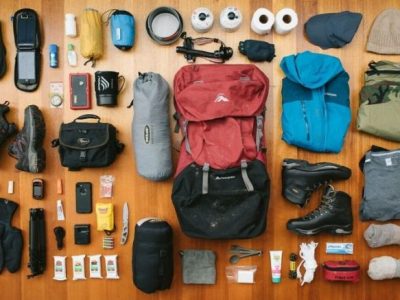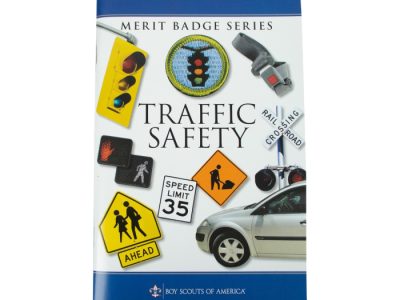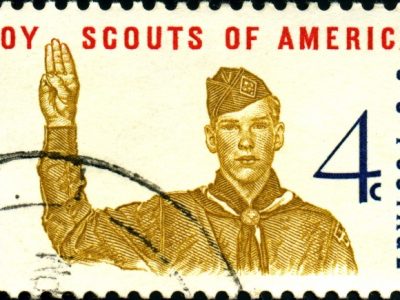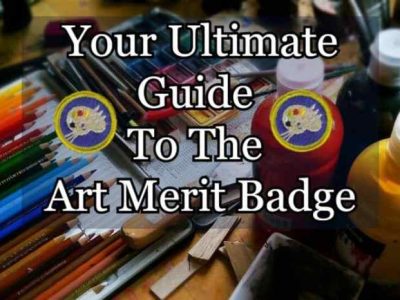Journalism Merit Badge Articles provides an in-depth exploration of the world of journalism, equipping readers with the knowledge and skills to produce compelling and impactful articles.
This comprehensive guide covers the fundamentals of journalism, including the different types of articles, the elements of effective writing, and the importance of research and interviewing. It also delves into the legal and ethical considerations that journalists must navigate, as well as the career opportunities available in this dynamic field.
Journalism Merit Badge Overview
The Journalism Merit Badge program is designed to introduce Scouts to the fundamentals of journalism and to provide them with the skills necessary to write and produce effective news articles. The program is open to all Scouts who are at least 11 years old and have completed the fifth grade.
paragraphTo earn the Journalism Merit Badge, Scouts must complete a series of requirements that cover the following topics:
The Importance of Journalism
Journalism is a vital part of a democratic society. It informs the public about important issues, holds those in power accountable, and provides a platform for diverse voices to be heard.
The Role of the Journalist
Journalists have a responsibility to report the news accurately, fairly, and without bias. They must be able to gather information from a variety of sources, including interviews, research, and observations. They must also be able to write clearly and concisely, and to meet deadlines.
The Different Types of Journalism
There are many different types of journalism, including news reporting, feature writing, sports writing, and editorial writing. Each type of journalism has its own unique style and purpose.
The Ethics of Journalism
Journalists must adhere to a strict code of ethics. These ethics include:
- Accuracy
- Fairness
- Objectivity
- Independence
- Accountability
Types of Journalism Articles
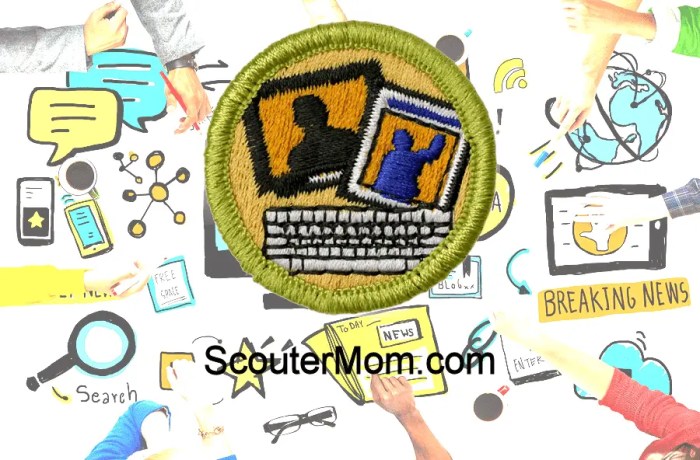
Journalism encompasses a wide range of article types, each serving a specific purpose and catering to different audiences. Understanding the distinctions between these types is crucial for aspiring journalists and readers alike.
The three main categories of journalism articles are news, feature, and opinion.
News Articles
- Characteristics:Timeliness, objectivity, brevity, inverted pyramid structure
- Purpose:To inform readers about recent events in a concise and unbiased manner
Feature Articles
- Characteristics:Depth, human interest, narrative style, less time-sensitive
- Purpose:To provide in-depth analysis, explore complex issues, or entertain readers with compelling stories
Opinion Articles
- Characteristics:Subjectivity, argumentative, persuasive, often bylined
- Purpose:To express the author’s perspective on current events or issues, often with the intent to influence readers
Elements of Effective Journalism
Effective journalism is built on a foundation of essential elements, including accuracy, objectivity, fairness, and ethics. These principles are crucial in ensuring that articles are credible, informative, and serve the public interest.
Accuracy
Accuracy is paramount in journalism. Articles must accurately represent facts, events, and statements. Verifying information from multiple sources, cross-checking data, and citing reliable sources are essential practices for ensuring accuracy. Inaccurate reporting can undermine public trust and damage the reputation of the journalist and the news organization.
Objectivity
Objectivity strives to present information without bias or personal opinion. Journalists should strive to report events and issues fairly and impartially. While complete objectivity may not always be achievable, journalists must make every effort to avoid letting their own biases influence their reporting.
Fairness, Journalism merit badge articles
Fairness requires journalists to present multiple perspectives and viewpoints on a topic. This involves giving all parties involved in a story a chance to voice their opinions and ensuring that their views are accurately represented. Fairness also includes avoiding sensationalism and inflammatory language that could distort the facts.
Ethics
Journalistic ethics guide journalists’ conduct and ensure that they act responsibly. These ethics include respecting the privacy of individuals, avoiding conflicts of interest, and adhering to the highest standards of honesty and integrity. Ethical journalism is essential for maintaining public trust and protecting the reputation of the profession.
Research and Interviewing Techniques
Thorough research is the foundation of credible journalism. It involves gathering information from various sources to provide a comprehensive understanding of the topic. This includes consulting reliable sources such as books, journals, newspapers, and online databases. Effective research ensures accuracy, depth, and credibility in journalistic writing.
Interviewing Techniques
Conducting effective interviews is crucial for gathering firsthand information. Here are some tips:
-
-*Preparation
Research the interviewee and the topic to prepare relevant questions.
-*Establishing Rapport
Build a comfortable atmosphere by introducing yourself and explaining the purpose of the interview.
-*Active Listening
Pay attention to the interviewee’s responses, ask clarifying questions, and show interest in their perspective.
-*Objectivity
Maintain a neutral stance and avoid leading questions that may influence the interviewee’s answers.
-*Ethics
Respect the interviewee’s privacy and confidentiality, and obtain their consent for recording or publishing the interview.
Writing and Editing
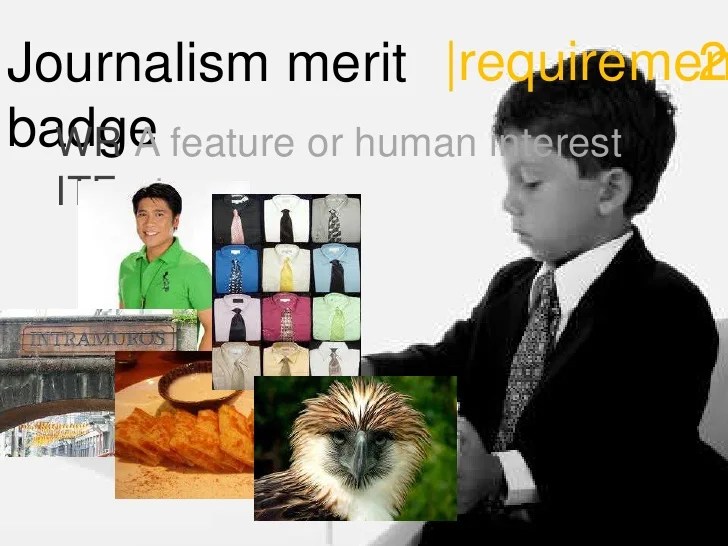
Effective journalism relies heavily on clear and concise writing. This principle ensures that readers can effortlessly understand the information presented. To achieve this, journalists employ various techniques in crafting headlines, leads, and body paragraphs.
Writing Headlines
Headlines serve as the first point of contact for readers, capturing their attention and enticing them to delve deeper into the article. Effective headlines adhere to the following guidelines:
- Concise:Headlines should be brief, typically within 8-12 words, conveying the essence of the article without unnecessary details.
- Accurate:Headlines must accurately reflect the content of the article, avoiding sensationalism or misleading information.
- Informative:Headlines should provide a clear understanding of the article’s main topic, offering a glimpse into the story without revealing too much.
- Engaging:Headlines should pique readers’ interest, using strong verbs and evocative language to entice them to read further.
Crafting Leads
Leads, the opening paragraphs of an article, serve the crucial purpose of engaging readers and providing a concise summary of the story. Effective leads employ the following strategies:
- Hook:Leads often begin with a compelling hook, such as a surprising fact, an intriguing question, or a vivid description, to capture the reader’s attention.
- Inverted Pyramid:Leads follow the inverted pyramid structure, presenting the most important information first, followed by supporting details in descending order of significance.
- Who, What, When, Where, Why:Leads typically answer the essential questions of who, what, when, where, and why, providing readers with a quick overview of the article’s main points.
Writing Body Paragraphs
Body paragraphs form the bulk of an article, providing in-depth information and supporting evidence. To ensure clarity and organization, body paragraphs should adhere to the following guidelines:
- Topic Sentence:Each body paragraph begins with a topic sentence that clearly states the main idea or argument of the paragraph.
- Supporting Details:Topic sentences are supported by specific examples, facts, quotes, or statistics that provide evidence and depth to the discussion.
- Transitions:Transitions between paragraphs are crucial for maintaining a smooth flow of information, guiding readers through the article’s logical progression.
- Variety:Journalists use a variety of sentence structures and vocabulary to maintain reader engagement and prevent monotony.
Editing
Editing plays a vital role in refining and improving articles. Editors meticulously review articles, checking for accuracy, clarity, consistency, and adherence to journalistic standards. Editing involves the following tasks:
- Fact-Checking:Editors verify the accuracy of facts, figures, and quotes, ensuring that the information presented is reliable and trustworthy.
- Clarity and Conciseness:Editors ensure that articles are written in a clear and concise manner, removing unnecessary details and improving readability.
- Consistency:Editors maintain consistency in style, tone, and formatting throughout the article, ensuring a cohesive reading experience.
- Objectivity:Editors strive to maintain objectivity in articles, avoiding personal opinions or biases that could compromise the integrity of the reporting.
Publishing and Distribution
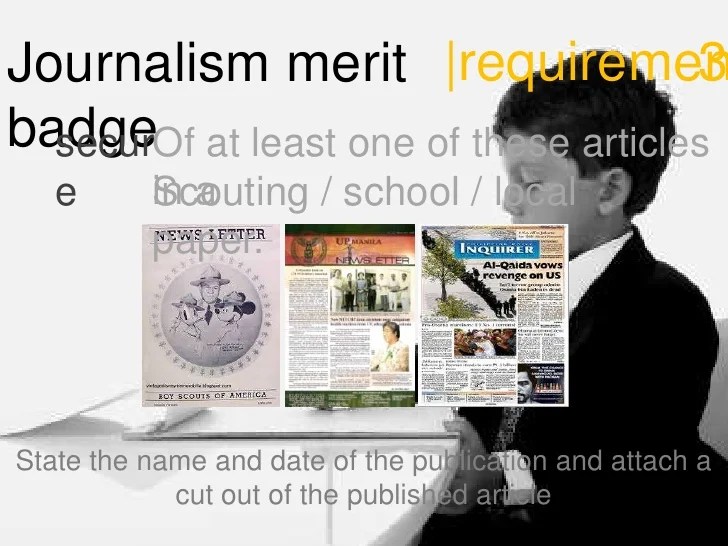
Journalism articles can be published and distributed through various platforms and channels. These include:
- Print media:Newspapers, magazines, and other printed publications remain important channels for distributing journalism, particularly for local and regional news.
- Online media:News websites, blogs, and social media platforms have become major sources of news and information, providing readers with instant access to breaking news and in-depth analysis.
- Broadcast media:Television and radio stations continue to play a significant role in delivering news, offering a combination of audio, visual, and written content.
- Social media:Platforms such as Twitter, Facebook, and Instagram have become influential channels for sharing news and information, allowing journalists to connect directly with their audiences.
It is crucial for journalists to understand their target audience and tailor their content accordingly. For example, articles published in print media may require a more formal tone and in-depth analysis, while articles shared on social media may need to be more concise and engaging.
By understanding the specific needs and preferences of their audience, journalists can effectively communicate their messages and reach a wider readership.
Legal and Ethical Considerations
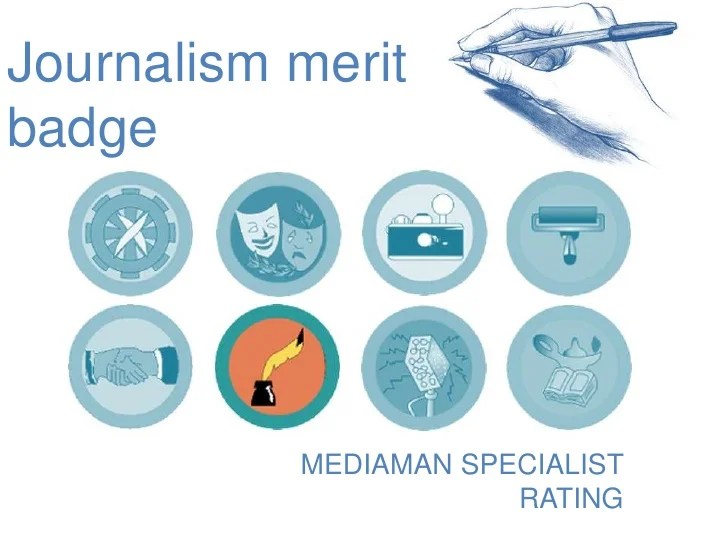
Journalism carries significant legal and ethical responsibilities. Adhering to these guidelines ensures the integrity and credibility of journalistic work.
One of the primary ethical obligations is protecting the confidentiality of sources. Journalists must respect the anonymity of individuals who provide information, especially when their safety or reputation could be compromised.
Libel and Defamation
Libel, a form of defamation, occurs when false and damaging statements are published about an individual or organization. Journalists must take utmost care to verify the accuracy of their reporting and avoid making unsubstantiated claims that could harm someone’s reputation.
Ethical Guidelines
Journalists are guided by a set of ethical principles that shape their professional conduct. These principles include:
- Truthfulness and accuracy
- Objectivity and impartiality
- Fairness and balance
- Minimizing harm
By adhering to these legal and ethical considerations, journalists uphold the public’s trust in the media and ensure that journalism remains a vital pillar of a democratic society.
Career Opportunities in Journalism
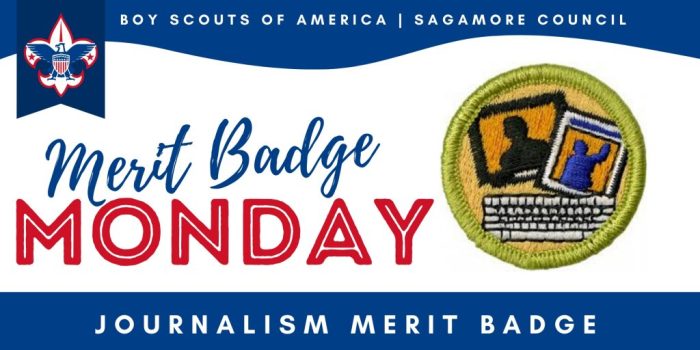
Journalism offers a diverse range of career opportunities, encompassing various roles and responsibilities. From reporting and writing to editing, photography, and videography, there are numerous paths to pursue within this dynamic field.
Skills and Qualifications
The skills and qualifications required for different journalism roles vary depending on the specific position and organization. However, some common attributes and qualifications include:
- Strong writing and communication skills
- Excellent research and interviewing abilities
- Critical thinking and analytical skills
- Familiarity with journalism ethics and standards
- Proficiency in using various journalism tools and technologies
Last Point: Journalism Merit Badge Articles
Whether you’re an aspiring journalist or simply seeking to enhance your understanding of this vital profession, Journalism Merit Badge Articles is an indispensable resource that will empower you to create informative, engaging, and ethical journalism.
FAQ
What are the different types of journalism articles?
Journalism articles can be classified into several types, including news, feature, opinion, and investigative pieces. News articles report on current events, while feature articles provide in-depth analysis and background information. Opinion pieces express the views of the author, and investigative articles uncover hidden truths and expose wrongdoing.
What are the essential elements of effective journalism?
Effective journalism is characterized by accuracy, objectivity, fairness, and ethics. Accuracy refers to the truthfulness and correctness of the information presented. Objectivity requires journalists to present all sides of a story without bias. Fairness involves treating all parties involved in a story with respect and impartiality.
Ethics encompass the principles that guide journalists’ conduct, such as protecting sources and avoiding conflicts of interest.

